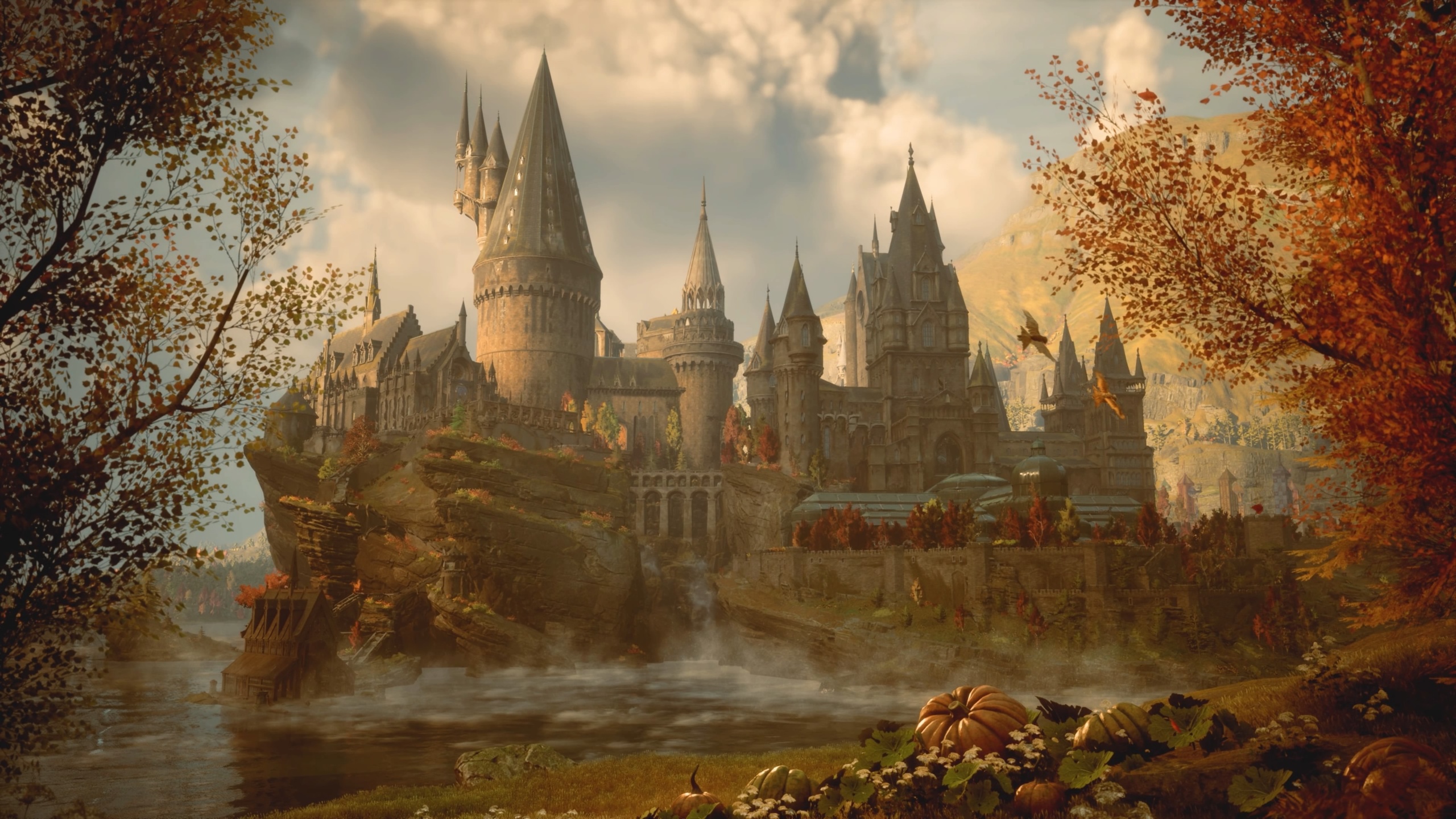Exploring Hogwarts: A Deep Dive into Game Design and Immersion
In the realm of gaming, few titles have succeeded in creating a sense of immersion akin to that found in Hogwarts Legacy. The developers meticulously crafted the iconic Hogwarts environment, ensuring that every corner of the castle reflects the rich lore established in J.K. Rowling’s work. Players are greeted with detailed architecture, including the grand entry hall, moving staircases, and even the enchanted portraits that adorn the walls, all contributing to a profound sense of place. Such attention to detail is crucial in fostering an immersive gaming experience that allows players to feel as if they have truly stepped into the wizarding world.
The ambiance is further enhanced through interactive elements scattered throughout the environment. Players can engage with magical artifacts, interact with students and faculty, and even partake in spell-casting lessons. Each interaction resonates with the lore, making players feel like genuine participants in Hogwarts’ life. Additionally, the inclusion of side quests that allow for exploration beyond the castle further deepens the immersive experience, ensuring that players can engage with the world on multiple levels.
Atmospheric sound design plays a significant role in enhancing immersion in Hogwarts Legacy. The subtle sounds of rustling robes, whispered conversations, and the distant echoes of magic create a tapestry of audio that envelops players. Each spell cast has distinctive sound effects, adding to the weight and impact of the actions taken within the game. This attention to auditory detail significantly boosts the player’s sense of belonging, allowing them to forge a connection with the magical universe.
When compared to other games featuring expansive worlds, such as The Elder Scrolls V: Skyrim or The Witcher 3: Wild Hunt, Hogwarts Legacy stands out through its unique atmosphere and connection to a beloved franchise. The decisions made in the game design blend lore, sound, and interactivity to create a rich, immersive experience that resonates deeply with both long-time fans and new players.
Narrative and Character Engagement in Hogwarts Legacy
The narrative of Hogwarts Legacy has sparked significant discussion regarding its role as either a form of fan service or a conduit for innovative storytelling within the beloved Harry Potter universe. Set in the late 1800s, the game allows players to craft their unique identities as they navigate their Hogwarts experience, a feature that resonates deeply with both long-time fans and newcomers alike. Players engage with established lore while exploring new storylines, which provides an opportunity to delve into the wizarding world from fresh perspectives.
One of the core strengths of Hogwarts Legacy is its multifaceted characters, each possessing unique backgrounds and motivations that enrich the player experience. The game introduces a blend of original characters alongside familiar faces from the Harry Potter series, creating a tapestry that appeals to a variety of players. This character engagement is crucial as it facilitates emotional investment and immersion in the story. Long-time fans may find joy in revisiting magical elements from the franchise, while newcomers are equally invited to forge connections through the lens of original narratives.
The quests and side stories within the game serve to deepen the player’s engagement further. These narrative threads often draw inspiration from the rich tapestry of the Harry Potter series, including themes of friendship, bravery, and the pursuit of knowledge. However, the balance between fan service and innovative storytelling is delicate. While some quests may feel reminiscent of existing tales, others push boundaries, encouraging players to think beyond established lore and creating opportunities for unique explorations of the magical world.
In conclusion, Hogwarts Legacy stands at the intersection of fan service and innovative storytelling. Its narrative structure fosters engagement with beloved characters and lore while successfully introducing new elements that captivate both long-time fans and newcomers. The effectiveness of its storytelling is ultimately a reflection of how well players connect with the game’s immersive world, suggesting that it effectively serves its dual purpose.
Player Experience: Customization and Agency in a Magical Realm
In the expansive world of Hogwarts Legacy, player agency is a central component that influences the gaming experience. Character customization options allow players to create a unique avatar that reflects their individuality within the magical realm. From selecting physical attributes such as hair, skin tone, and clothing to customizing wands, each decision fosters a sense of ownership and connection to the in-game character. This level of personalization enhances immersion, making players feel as though they truly belong within the enchanting universe of Hogwarts.
Additionally, players are granted the liberty to choose their own magical path through diverse spell options. The spell-casting mechanics provide a rich array of choices, which can significantly impact gameplay. By selecting spells that align with their preferred playstyle, whether it be offensive, defensive, or supportive, players further tailor their magical experience. This element of choice not only promotes strategic thinking but also elevates the notion of agency in the game. It allows players to explore different combat styles and magical interactions, essentially crafting a narrative that resonates with their personal gaming preferences.
Despite these engaging customization features, some may argue that aspects of the game feel more like fan service rather than integral components of immersion. Certain elements, while nostalgic and rooted in lore, can appear to be mere checkboxes that aim to please die-hard Harry Potter fans. Yet, the combination of character creation and spell selection fosters a deep sense of involvement, allowing players to shape their own journey through magic. Ultimately, the balance between customization and immersion is achieved through thoughtful design that encourages players to connect emotionally with the world of Hogwarts while exploring their unique paths through this beloved universe.
Community Reactions: Balancing Nostalgia and New Experiences
The release of ‘Hogwarts Legacy’ has sparked considerable conversation within the gaming community, particularly regarding its dual focus on nostalgia and innovative gameplay. Players have voiced a spectrum of opinions, contributing to a rich discourse that highlights both positive and critical perspectives. Many players express excitement about revisiting the iconic locations and magical elements that are integral to the Harry Potter universe. This nostalgia serves as a comforting backdrop, allowing players to explore familiar environments while engaging with beloved characters and magical creatures.
However, not all feedback has been overwhelmingly positive. Some critiques argue that while the game successfully taps into the rich lore of its predecessor, it sometimes sacrifices innovative gameplay for the sake of fan service. Players have pointed out instances where the reliance on established tropes and nostalgic references can feel ham-fisted, detracting from the overall gaming experience. This raises an essential question: does ‘Hogwarts Legacy’ truly immerse players in a new narrative, or does it merely offer a glorified stroll down memory lane?


No responses yet